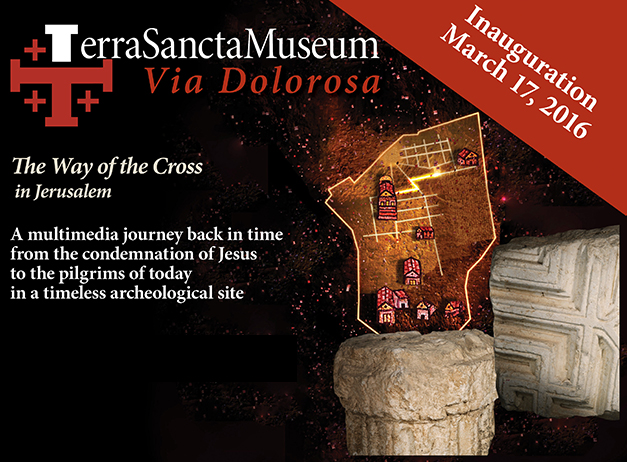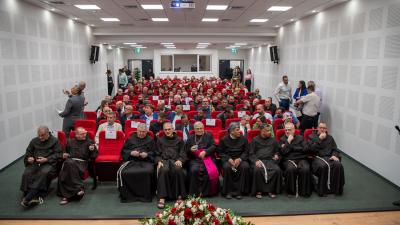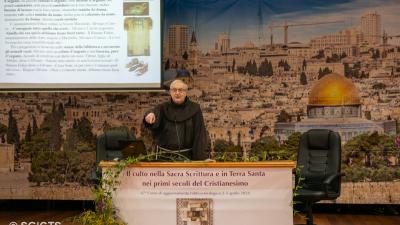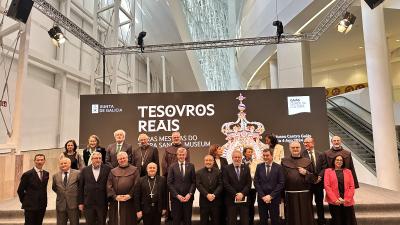
On March 17, the first section of the Terra Sancta Museum in Jerusalem (at the Monastery of the Flagellation), will finally be opened to the public. This is a unique event because it is the first museum dedicated to Christianity in the Holy City and it brings together different aspects of the city—from history, to archaeology, to multimedia technology—with the aim of helping tourists re-experience the events themselves.
The new multimedia section will be called Via Dolorosa, named after the path that the centuries-old tradition identifies as Jesus' Way of the Cross on the way up to Calvary. Generations of pilgrims have walked it, and for the first time, this fifteen-minute show will help visitors come to a better understanding of this place.
The exhibit is located at the convent of the Flagellation, the location of Jesus’ condemnation (the second station on the Via Dolorosa), an important archaeological site. A video is projected on the inside of one of the oldest rooms, among the archaeological findings, which suddenly seem to return to life… from Herod to Hadrian’s era, from Our Lord’s condemnation to his passion, from pilgrims from past centuries to today.
Last year, the first stone was laid by the Custos of the Holy Land, Pierbattista Pizzaballa. This year, one part of the museum is becoming a reality. Two other sections are anticipated; one is archaeological in nature,which will also be hosted at the Convent of the Flagellation; and the other will be historical in nature at another significant place for the Franciscan presence in the Holy Land: Holy Savior’s Convent. They will both be opened in the coming years.
The purpose of this museum is to strengthen the close relationship that Christians have with this land, and to bring out the underlying reasons for their trip to Jerusalem and the Holy Land, with the hope that helping them rediscover these roots can assist in fostering dialogue with other cultures and religions; the museum is indeed open to all!
This is why this project is so dear to the Franciscans of the Custody of the Holy Land and they are its primary sponsor, in collaboration with the Studium Biblicum Franciscanum and the Pro-Terra Sancta Association. Archaeological collections and historical and instructional support for content were provided by the Franciscan friars, whose history will be partially covered in the museum.
A special thank you to the employees: museologist Gabriele Allevi, who helped with creative management and content; TAMSCHICK MEDIA+SPACE, which is responsible for the creative project and the multimedia installation; the Technical Office of the Custody of the Holy Land, along with Tortelli Frassoni GTRF, the architects who worked with architectural design and preparation work.




